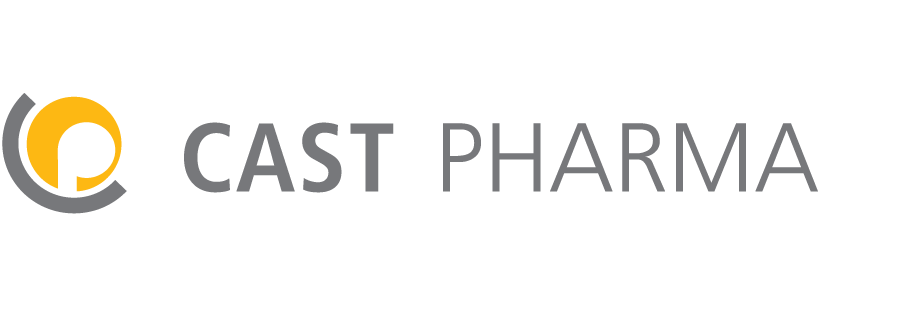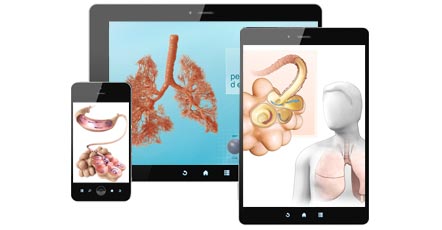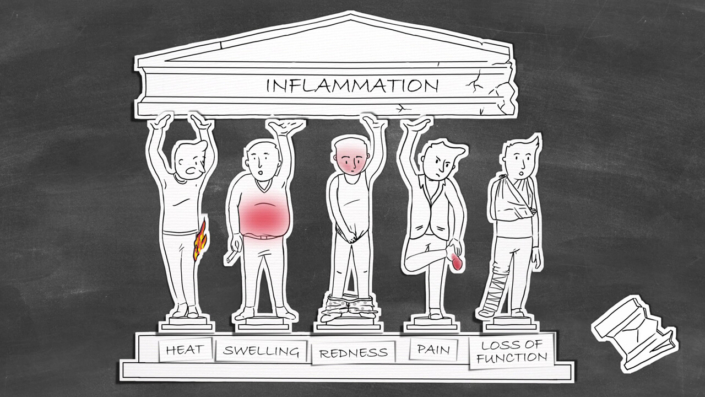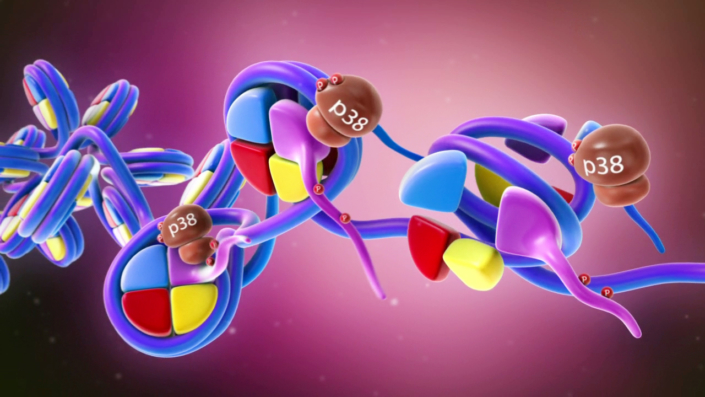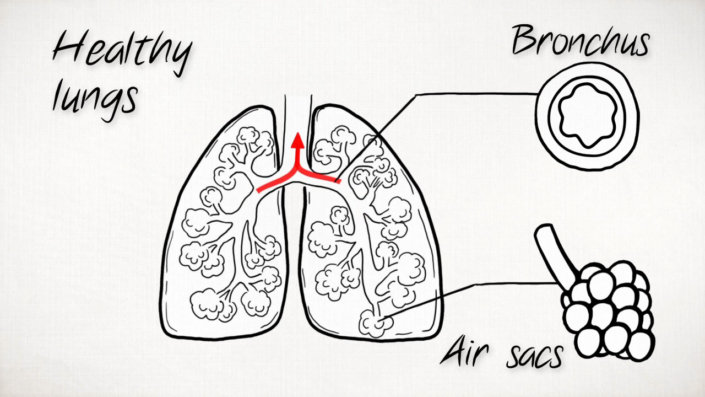Visual Storytelling makes scientific content easily accessible – during the entire life cycle of a pharmaceutical product.
![]() Picture this: Your new active substance looks promising. But before you can even think about launching it onto the market, there is an awful lot of science that needs to be communicated first.
Picture this: Your new active substance looks promising. But before you can even think about launching it onto the market, there is an awful lot of science that needs to be communicated first.
Whether it’s to recruit physicians for your clinical trials, to create awareness among stakeholders and the medical community or just to educate your internal staff, you want the fast lane into the minds of your target group. Visual Storytelling does the job.
One essential ingredient of your marketing cocktail is an animation showing the mode of disease or the mode of action. Unbranded to begin with, of course. We are still pre-launch.
In communicating their objectives, our clients’ biggest advantage almost always turns out to be their biggest problem as well: During the pre-clinical and clinical phases, such a wealth of scientific data has been amassed that it seems impossible to get all the important points across. On the other hand, it is exactly this wealth of efficacy and safety data which gives our clients a major advantage over their competitors.
Rather than overstretch the audience’s attention span with an overly long animation film, in these cases it is best to split the content into digestible portions.
![]() Further on in the product life cycle, with FDA approval granted, it is then time to present the unique product features to a larger audience of health care professionals, competitors, and the general public. Luckily, there is no need to start from scratch: We can simply transform the existing unbranded animation into a branded mode-of-action film, further increasing your return on investment. With the help of the brand guide and, if applicable, in cooperation with your marketing agency, this is merely a matter of a few days’ work.
Further on in the product life cycle, with FDA approval granted, it is then time to present the unique product features to a larger audience of health care professionals, competitors, and the general public. Luckily, there is no need to start from scratch: We can simply transform the existing unbranded animation into a branded mode-of-action film, further increasing your return on investment. With the help of the brand guide and, if applicable, in cooperation with your marketing agency, this is merely a matter of a few days’ work.
The real challenge, though, is to equip your sales force with powerful tools to win over physicians and pharmacists.
Following current trends, the solution might come in the form of an interactive tablet application. Of course, the existing visual universe would serve as an excellent basis for entering this new dimension.
With very little extra effort, a similar approach can also work in an interactive magazine that is directly accessible to the target group, cutting out the middle man. Available for download onto smartphones and tablets, this magazine would give the medical community an opportunity to explore your visual story in their own time.
Some products come with a specific medical device. Wouldn’t it be great if the doctor could already try out this new device virtually?
![]() In order to tap the full marketing potential of visual stories, you need to draw in your patients. It is so easy to reach them: They have become used to informing themselves online.
In order to tap the full marketing potential of visual stories, you need to draw in your patients. It is so easy to reach them: They have become used to informing themselves online.
So why not develop a video-based patient story for distribution via YouTube or Facebook, allowing the patients to learn more about their condition and possible treatment options?
Want to target your audience?
You might also be interested in:
